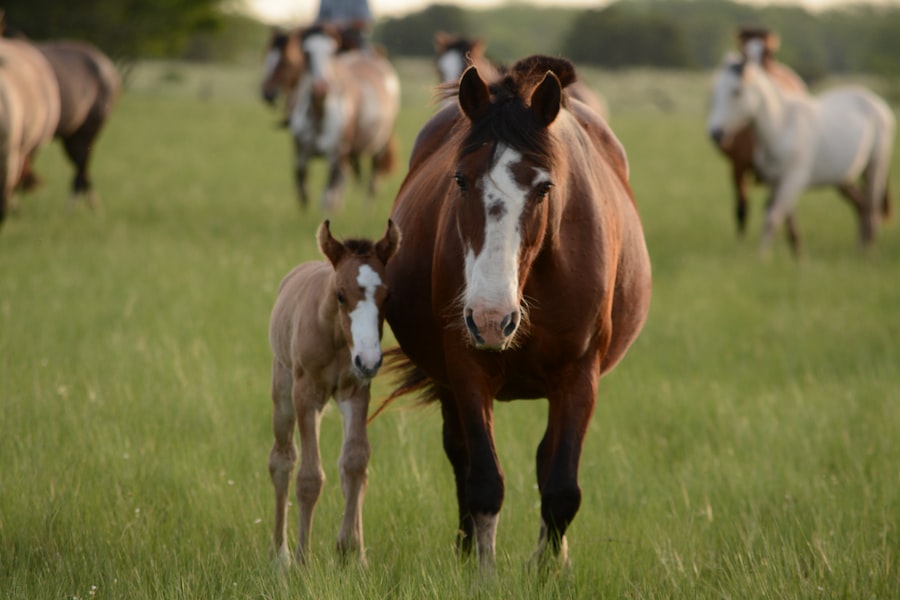Owning a horse is a dream for many people, but it’s important to understand that it is not a decision to be taken lightly. Horses are not only beautiful and majestic creatures, but they also require a significant investment of time, money, and resources. Understanding the true cost of keeping a horse is essential to ensure that you can provide the best care for your equine companion.
The Initial Expenses: Purchasing a Horse and Equipment
The cost of purchasing a horse can vary greatly depending on breed, age, and training. A well-trained and experienced horse can cost thousands or even tens of thousands of dollars. Additionally, you will need to consider the ongoing expenses associated with owning a horse, such as feed, veterinary care, and stabling.
In addition to the horse itself, you will also need to purchase equipment such as a saddle, bridle, and grooming supplies. These items can add up quickly and should be factored into your budget when considering the initial expenses of owning a horse.
Feed and Nutrition: The Ongoing Cost of Keeping Your Horse Healthy
Horses require a specific diet to maintain their health and well-being. The cost of feed and supplements can add up quickly, especially if your horse has specific dietary needs. It’s important to provide your horse with high-quality hay or pasture, as well as grain or concentrate feed if necessary.
In addition to feed, you may also need to consider the cost of supplements such as joint supplements or vitamins. These can be an added expense but are often necessary to keep your horse in optimal health.
Veterinary Care: Unexpected Expenses and Regular Check-Ups
Regular veterinary check-ups are essential to ensure that your horse remains healthy. Vaccinations, dental care, and routine examinations are all part of maintaining your horse’s overall health. These regular check-ups can help catch any potential health issues early on and prevent more serious problems from developing.
However, unexpected medical expenses can arise, such as emergency care or surgery, which can be costly. It’s important to have a financial plan in place to cover these unexpected expenses, such as setting aside a portion of your budget for an emergency fund.
Farrier and Hoof Care: The Importance of Regular Maintenance
Regular farrier visits are necessary to maintain your horse’s hoof health. Horses’ hooves grow continuously and need to be trimmed or shod regularly to prevent issues such as lameness or hoof deformities. The cost of farrier visits can add up, especially if your horse requires corrective shoeing or has hoof problems.
It’s important not to neglect your horse’s hoof care, as it can have a significant impact on their overall health and soundness. Regular maintenance by a skilled farrier is essential for keeping your horse’s hooves in good condition.
Stabling and Boarding: Finding the Right Facility for Your Horse

Stabling and boarding costs can vary depending on the facility and location. If you don’t have your own property or suitable facilities, you will need to find a boarding facility that meets your horse’s needs and provides a safe and comfortable environment.
The cost of stabling and boarding can vary greatly depending on the amenities offered, such as turnout areas, arenas, and access to trails. It’s important to research different facilities in your area and consider the cost as well as the quality of care provided.
Transportation: Costs of Trailering and Traveling with Your Horse
If you plan to travel with your horse for shows, competitions, or trail rides, you’ll need to consider the cost of transportation. Trailering and travel expenses can add up quickly, especially if you’re traveling long distances.
In addition to the cost of fuel or hiring a professional hauler, you may also need to consider the cost of overnight stabling or accommodations for yourself and your horse. It’s important to factor in these expenses when planning your trips and budget accordingly.
Training and Lessons: The Cost of Improving Your Horse’s Skills and Your Own
Training and lessons are essential to improve your horse’s skills and your own riding abilities. Whether you’re a beginner or an experienced rider, ongoing training and lessons can help you and your horse reach your full potential.
The cost of training and lessons can vary depending on the trainer and location. It’s important to research different trainers in your area and find one that aligns with your goals and budget. Investing in training and lessons can be a worthwhile expense, as it can help you develop a strong partnership with your horse and improve your overall horsemanship skills.
Insurance: Protecting Your Investment and Your Horse’s Health
Horse insurance can provide peace of mind and protect your investment. The cost of insurance can vary depending on the coverage and the horse’s value. It’s important to carefully consider the type of coverage you need, such as mortality insurance, major medical coverage, or liability insurance.
Insurance can help cover unexpected expenses such as veterinary bills or loss of use due to injury or illness. It’s important to research different insurance providers and policies to find one that suits your needs and budget.
Miscellaneous Expenses: Unexpected Costs and Budgeting for the Unknown
Owning a horse comes with its fair share of unexpected expenses. Repairs to equipment, unexpected veterinary bills, or other unforeseen costs can arise at any time. It’s important to budget for the unknown and have a financial cushion to cover these unexpected expenses.
Setting aside a portion of your budget for emergencies or unexpected costs can help alleviate financial stress when these situations arise. It’s also a good idea to have a plan in place for major expenses, such as saving for a new saddle or planning for a major veterinary procedure.
In conclusion, owning a horse is a significant investment that requires careful consideration of the expenses involved. Understanding the true cost of keeping a horse is essential to ensure that you can provide the best care for your equine companion. By considering the expenses outlined above, you can create a budget and plan for the ongoing costs of horse ownership. Remember to factor in the initial expenses of purchasing a horse and equipment, as well as ongoing costs such as feed, veterinary care, and stabling. It’s also important to budget for unexpected expenses and have a financial cushion to cover any unforeseen costs. With proper planning and budgeting, you can provide the best care for your horse and enjoy the rewarding experience of horse ownership.
If you’re considering the cost of keeping a horse, you may also be interested in learning about the benefits of 12×12 stalls for optimal equine comfort at Liv Stables. This informative article explores how spacious stalls can contribute to the overall well-being and happiness of your horse. To find out more, check out https://livstables.ca/the-benefits-of-12×12-stalls-for-optimal-equine-comfort-at-liv-stables/.
FAQs
What is the average cost of keeping a horse?
The average cost of keeping a horse varies depending on factors such as location, type of horse, and level of care. However, it can range from $3,000 to $10,000 per year.
What are the basic expenses of keeping a horse?
The basic expenses of keeping a horse include feed, bedding, veterinary care, farrier services, and equipment. Other expenses may include boarding fees, training, and competition fees.
How much does feed cost for a horse?
The cost of feed for a horse varies depending on the type of feed and the horse’s dietary needs. On average, a horse may consume 1-2% of its body weight in feed per day, which can cost anywhere from $1.50 to $5 per day.
How often does a horse need veterinary care?
A horse should receive routine veterinary care at least once a year for vaccinations and a general health check-up. However, horses may require additional veterinary care for injuries or illnesses, which can increase the cost of care.
What is the cost of farrier services for a horse?
Farrier services, which include trimming and shoeing a horse’s hooves, can cost anywhere from $30 to $150 per visit. The frequency of visits depends on the horse’s needs and the type of work it is doing.
What equipment is necessary for keeping a horse?
The necessary equipment for keeping a horse includes a halter, lead rope, grooming supplies, saddle, bridle, and protective gear such as boots and blankets. The cost of equipment can vary depending on the quality and type of equipment needed.

